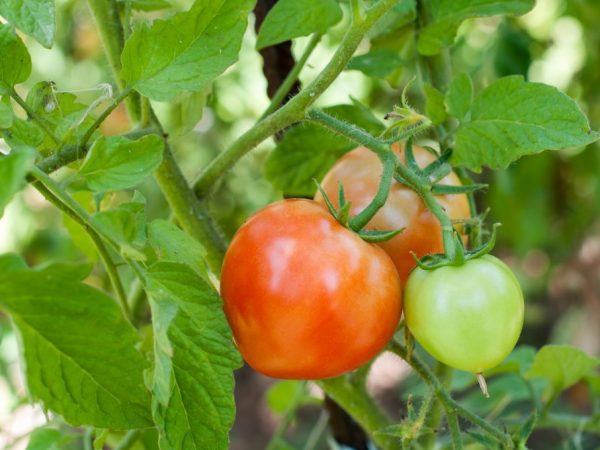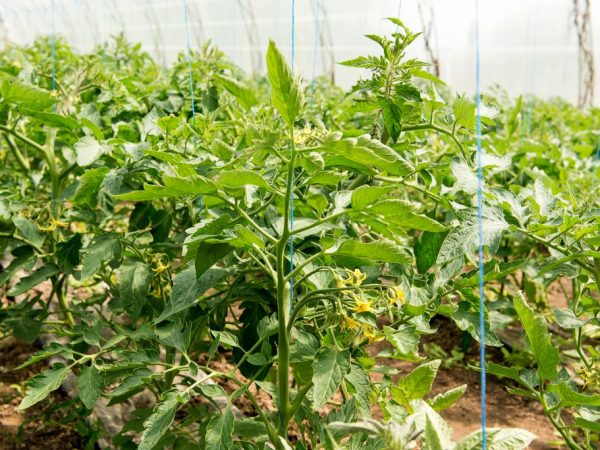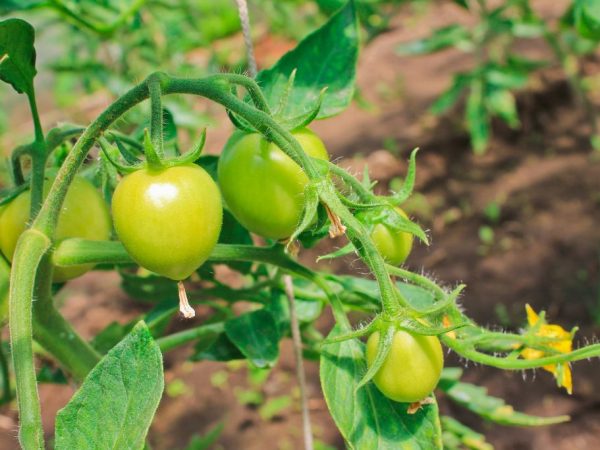Characteristics of Danko tomatoes
When choosing a variety of tomatoes for planting, first of all, they pay attention to the taste of their fruits. One of the most advantageous in this regard is the Danko tomato. It is distinguished by its exquisite taste and fruit of the original form. They look like a bright burning heart.

Characteristics of Danko tomatoes
Plant characteristic
According to the characteristic:
- The Danko variety belongs to the determinant tomato species.
- These tomatoes are grown both outdoors and in a greenhouse.
- The tomato is a medium early variety.
- The height of the bush is about 55 cm.
- The fruits can be either medium or large.
- More than 3.5 kg of products are harvested from one bush.
- The tomato is characterized by increased drought resistance.
- Danko is not exposed to viruses and diseases, but requires prophylaxis.
When grown outdoors, it is permissible to leave several stepsons, then the bush will be more lush, which will increase its yield.
Fruit characteristics
According to the description, Danko tomato flowers are pollinated alternately. Harvesting early gives the plant the opportunity to make an effort to form new flowers, which significantly increases the yield of each bush.
The fruits are heart-shaped. Ripe Danko tomatoes are pink or red and have a sweet taste. The aroma is pronounced, has a honey note.
Description of the bush
In greenhouse conditions, the bush must be pinned, leaving 4 main stems, and tied up. Stems are knotty and weakly branched. Brushes are formed in the region of the 7th leaf, the next ones appear in 2-3. The inflorescence is complex, each peduncle has an articulation. About 6 brushes are formed, each containing up to 10 flowers.

The plant needs pinching
From germination to harvesting the first harvest, no more than 120 days pass.
Disadvantages of the variety
The only drawback is the thin skin of the fruit.
This feature makes the Danko tomato variety not transportable, so the industrial cultivation of tomato is unprofitable.
Growing seedlings
For the successful cultivation of seedlings, it is necessary to follow the rules of agricultural technology. It is necessary to provide:
- a certain composition of the soil;
- correct sowing of seeds;
- temperature regime;
- timely watering.
Before planting seedlings in the ground, at least 65 days must pass from sowing the seeds.
The composition of the soil should include the following components: 60% garden land, 15% peat, up to 15% humus and 10% wood ash. Drainage is poured into deep bowls, and on top is a layer of prepared soil. The seeds are soaked overnight in a weak solution of potassium permanganate, then thoroughly washed and placed in the ground. Sprinkle on top with a layer of earth no more than 1 cm.
The surface of the soil is sprayed and covered with a transparent film. Seedlings are placed in a bright place and kept at a constant temperature. Variations in the range from 15 ° C to 25 ° C are possible. Warm water is periodically sprayed from a spray bottle. The sprouts should appear after 6 days. After the formation of two pairs of leaves, they are dived and covered again.As the seedlings grow, the shelter is removed.
Disembarkation

It is important to form a bush correctly
Before planting in open ground, the sprouts are hardened. It is carried out 2 weeks before the disembarkation date. On the first day, bowls or pots with seedlings are exposed to the open sun for no more than 10 minutes.
In the open field, the markings are made so that 1 sq. m accounted for 3 plants. In the greenhouse, it is possible to plant 4 plants in the same area. The holes are made wide and deep, a handful of wood ash is thrown into them and watered with warm water.
Care
The main care measure is timely, abundant watering.
It is necessary to remove weeds and loosen the topsoil, removing crusts formed after irrigation.
Tomatoes are fertilized after they take root in a new place. Foliar dressing is carried out with mineral fertilizers and microelements, alternating with organic matter.
Fertilizers containing green plant and weed residues are also helpful. They are applied up to half of a large tub, after which they are poured with water and placed in a warm place for fermentation. The resulting mixture is stirred for 2 weeks. The finished emulsion is diluted with warm water in a ratio of 1:10, after which the tomatoes are watered.
Prevention and treatment
If the rules of care are followed, the plants do not get sick. For prophylaxis, they are treated with Bordeaux liquid, copper sulfate, Fitoftorin or other chemicals. From folk remedies, a tincture of garlic or onion is used: for 1 liter of water, take 100 g of crushed product and leave for a day, after which it is diluted in a ratio of 1:10 and the plants are sprayed. Tinctures also help in the fight against insects: they scare them away with a pungent odor.
To prevent slugs from appearing on the site, the aisles are powdered with lime. In this case, it is required to observe the measure: if the agent gets into the near-trunk area of the earth, the plants will be damaged.
Conclusion
Growing tomatoes of an unusual Danko variety is successful only when gardeners follow the recommendations. In this case, a good harvest can be expected, and the beautiful heart-shaped fruits will delight all members of their families with taste and aroma.


